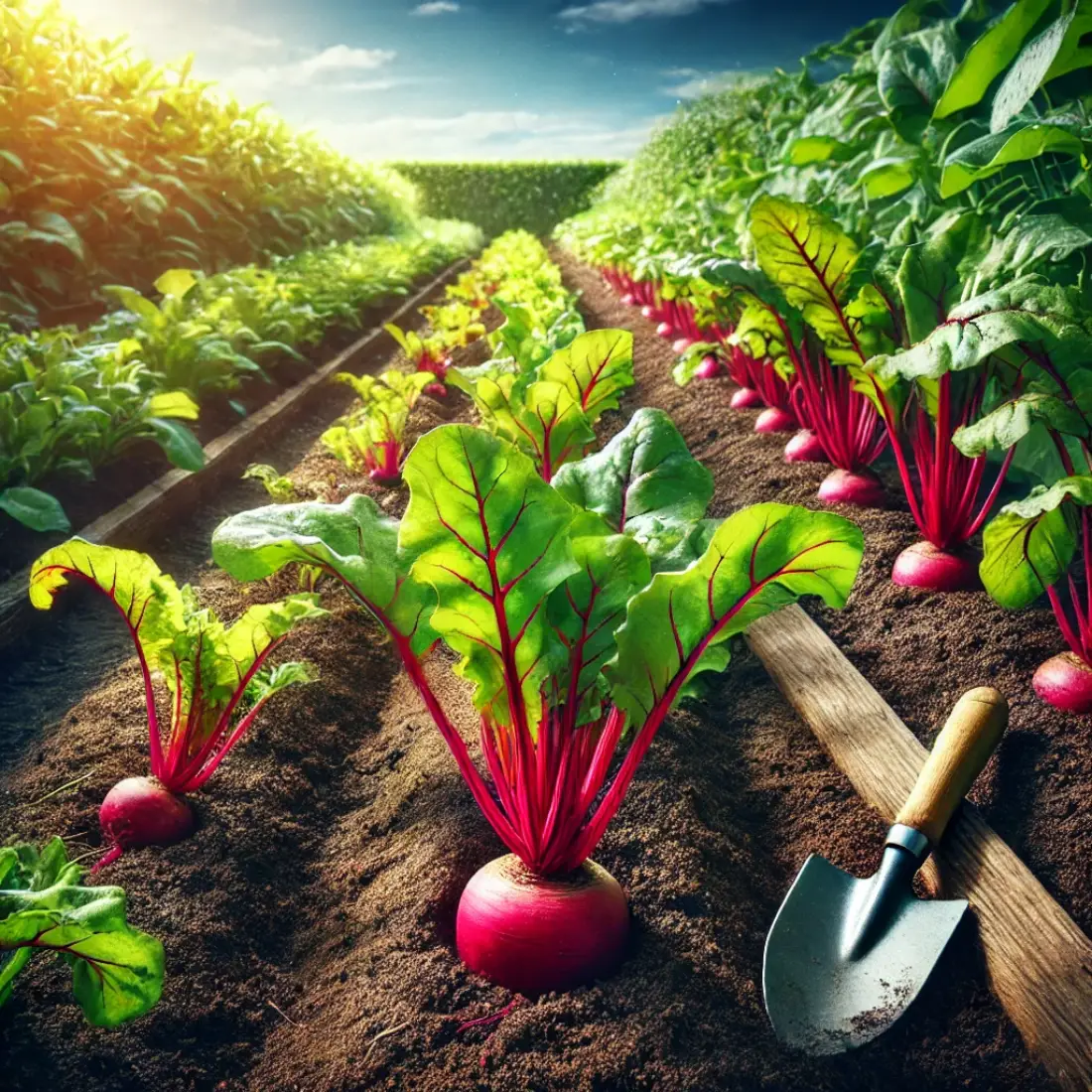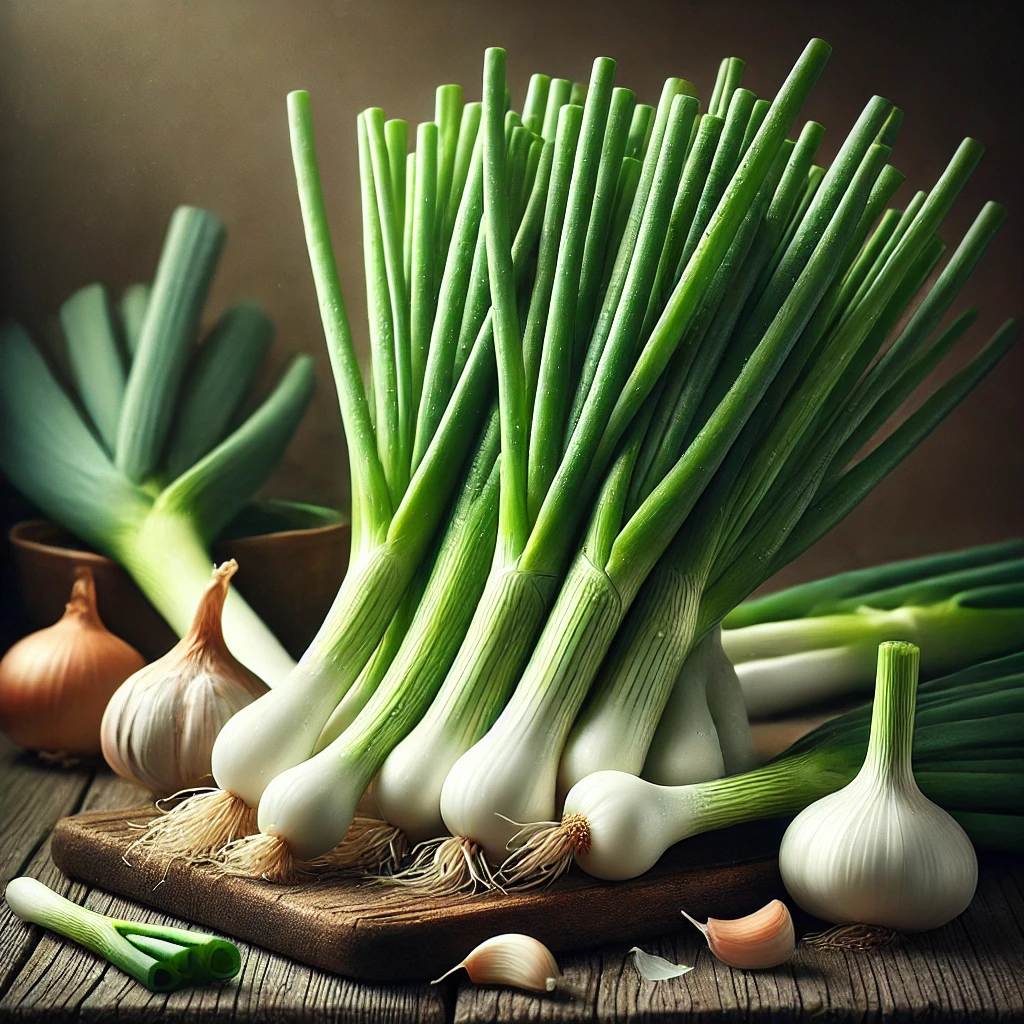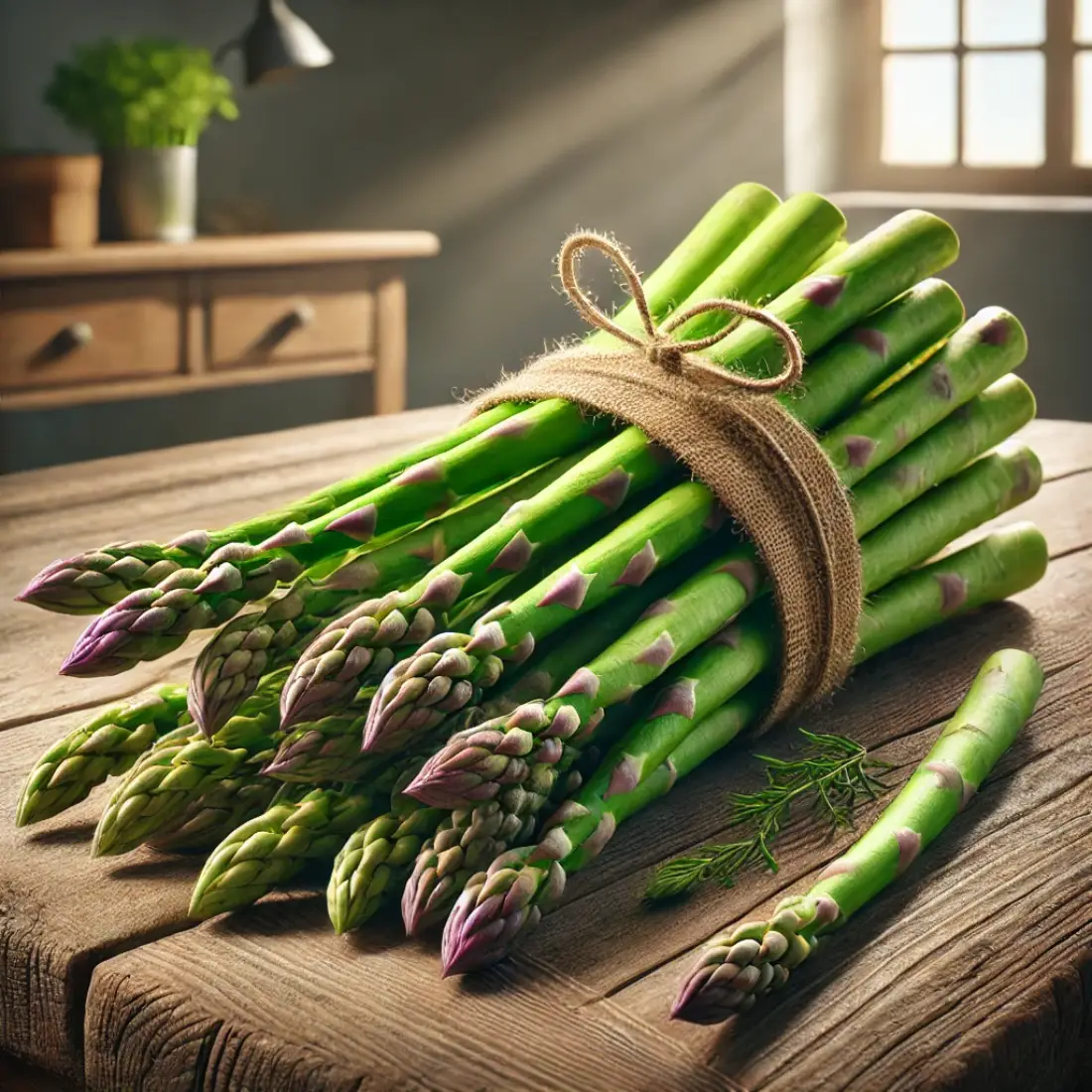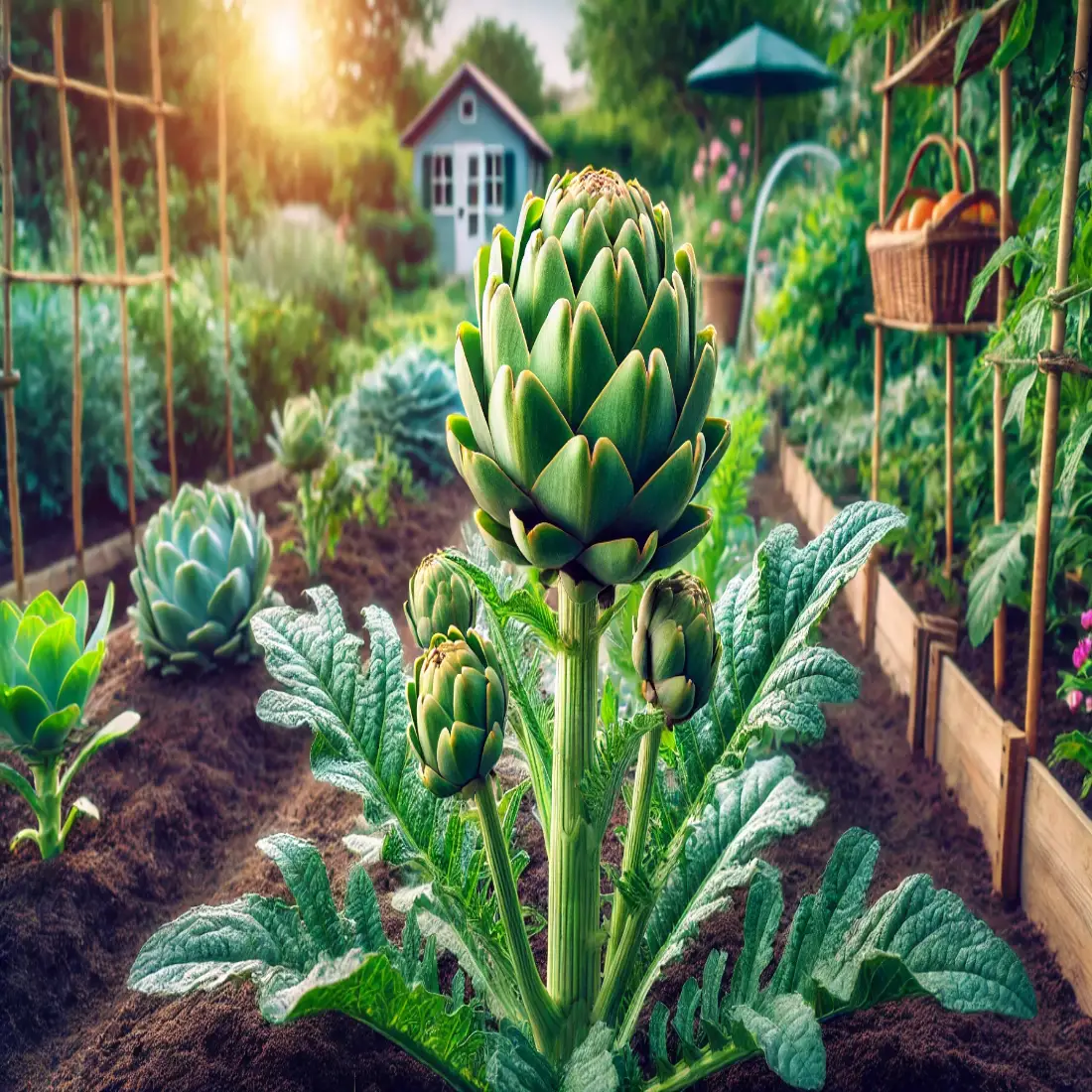Beets, also known as beetroot, are a versatile and nutritious root vegetable cherished for their earthy flavor and vibrant color. Whether roasted, boiled, or raw, beets add a burst of color and nutrients to any meal.
Beets thrive in cool climates and can be grown in various soil types, making them adaptable to different garden settings. The key to successful beet cultivation lies in understanding their growing requirements, from soil preparation to harvesting.
- Beets are nutritious and versatile root vegetables.
- Thrive in cool climates and a variety of soils.
- Essential steps: soil preparation, watering, thinning, and pest control.
- Harvest at the right time for best flavor and texture.
- Companion planting enhances growth and health.
Selecting the Right Beet Varieties
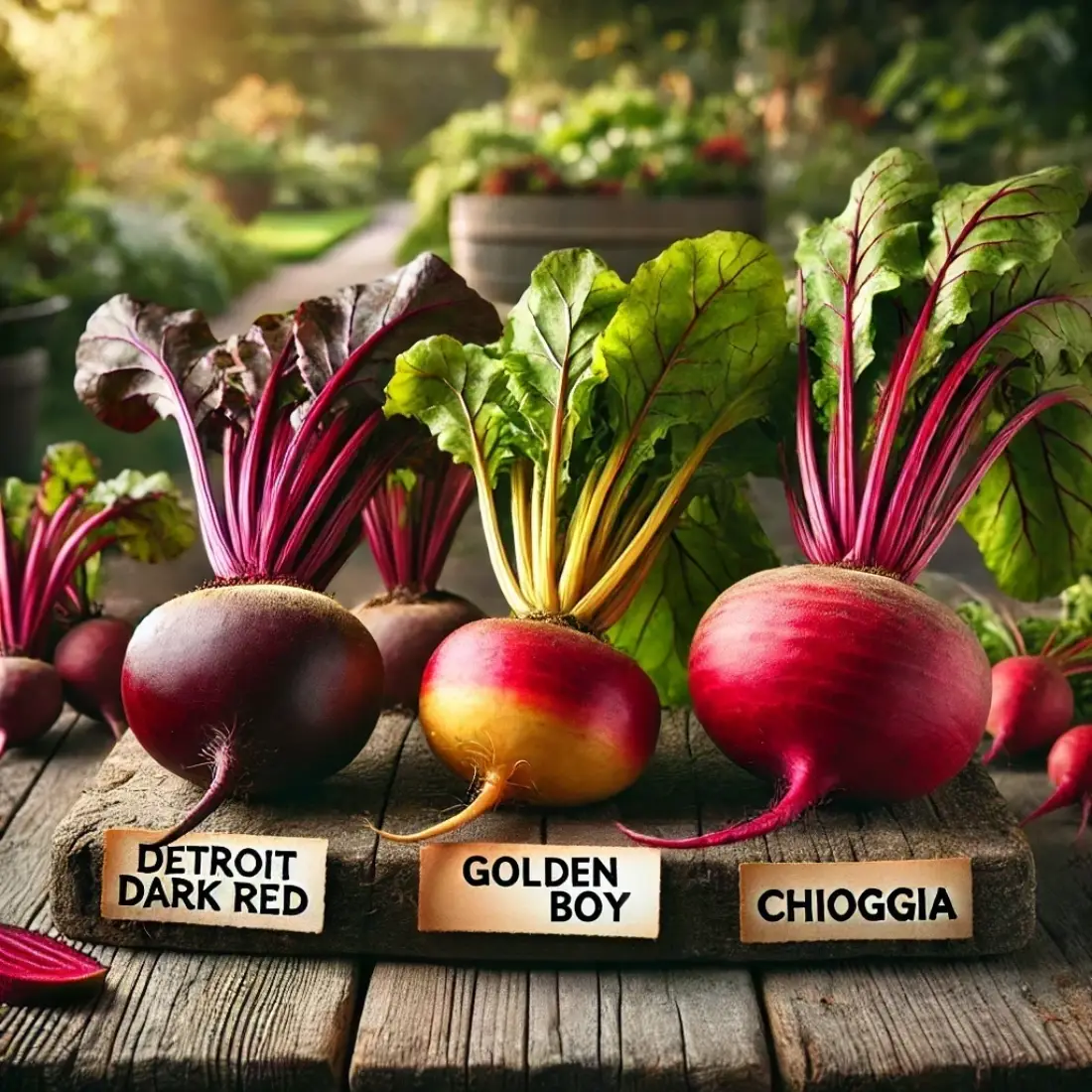
Choosing the right beet variety is crucial for a successful harvest. Common types include red, golden, and striped beets, each with unique flavors and colors. Popular varieties like ‘Detroit Dark Red’, ‘Golden Boy’, and ‘Chioggia’ cater to different tastes and culinary uses.
Consider your climate and soil conditions when selecting a variety. Red beets are hardy and versatile, golden beets offer a milder taste and less bleeding, while striped beets provide a visually striking addition to salads. Ensure the chosen variety suits your garden’s growing conditions for optimal results.
Ideal Growing Conditions for Beets
For optimal growth, beets require specific conditions that cater to their needs. Understanding these conditions will help you achieve a successful and bountiful beet harvest.
Soil Requirements
Beets thrive in well-drained, loamy soil with a pH level between 6.0 and 7.5. Soil should be rich in organic matter, so incorporating compost or well-rotted manure before planting is beneficial. Avoid soil that is overly acidic or alkaline, as this can hinder beet development.
Climate and Temperature
Beets are cool-season vegetables, preferring temperatures between 50°F and 70°F (10°C to 21°C). They can tolerate light frosts but will struggle in extreme heat. Plant beets in early spring for a spring harvest or late summer for a fall harvest, ensuring they mature before the first hard frost.
Sunlight and Shade Preferences
Beets require full sun, at least 6 hours of direct sunlight per day, to grow effectively. In hotter climates, partial shade can be beneficial to prevent bolting and maintain soil moisture. Ensure your planting area is free from shade cast by taller plants or structures.
Watering Needs
Consistent moisture is crucial for beet development. Keep the soil evenly moist but not waterlogged. Overwatering can lead to root rot, while underwatering may result in woody, tough roots. A drip irrigation system or soaker hose can help maintain optimal moisture levels.
Spacing and Depth
Proper spacing is essential to avoid overcrowding. Plant beet seeds about 1 inch apart, in rows spaced 12-18 inches apart. Thin seedlings to 3-4 inches apart once they have grown to ensure ample space for root development.
Fertilizing Beets
Fertilizing beets organically ensures they receive essential nutrients without the use of synthetic chemicals, promoting healthier plants and soil.
- Preparing the Soil: Before planting, enrich the soil with organic matter. Incorporate well-rotted compost or aged manure into the soil to improve its fertility and structure. This provides a slow-release source of nutrients, essential for the initial growth phase of beets.
- Organic Fertilizers: During the growing season, use organic fertilizers to sustain nutrient levels. A balanced organic fertilizer with an N-P-K ratio of 4-4-4 or 5-5-5 is ideal. Apply it at the recommended rate, usually 2-3 pounds per 100 square feet, and mix it into the top few inches of soil. Bone meal or rock phosphate can be added to boost phosphorus levels, which are crucial for root development.
- Liquid Fertilizers: Liquid organic fertilizers, such as fish emulsion or seaweed extract, provide a quick nutrient boost. Dilute according to the package instructions and apply every 2-3 weeks during the growing season. These liquid fertilizers supply essential micronutrients and promote vigorous growth.
- Mulching: Mulch around beet plants with organic materials like straw or shredded leaves. Mulching helps retain soil moisture, suppress weeds, and gradually decomposes, adding nutrients to the soil.
Thinning and Spacing Beets
Proper thinning and spacing are essential for growing robust and healthy beets. Overcrowding can lead to poor root development and small, deformed beets.
Importance of Thinning
Thinning beet seedlings ensures that each plant has enough space to grow and develop properly. When beets are sown too closely together, they compete for nutrients, water, and sunlight, resulting in stunted growth. Thinning allows for better air circulation, reducing the risk of fungal diseases and pest infestations.
How to Thin Beets
Begin thinning when beet seedlings are about 2-3 inches tall. Carefully remove the weaker or smaller seedlings, leaving the strongest plants to thrive.
Thin the seedlings to about 3-4 inches apart, which gives each beet ample space to grow to its full potential. Use scissors to cut the unwanted seedlings at the soil line instead of pulling them out to avoid disturbing the roots of the remaining plants.
Ideal Spacing
Proper spacing between rows is also crucial. Space the rows 12-18 inches apart to allow for easy access and sufficient airflow. If you’re planting beets in a raised bed or garden box, ensure you follow these spacing guidelines to prevent overcrowding.
Benefits of Correct Spacing
Adequate spacing helps maximize root size and quality. It also makes it easier to manage weeds and pests, as well as simplifying the watering and fertilizing processes. Properly spaced beets will develop uniformly, resulting in a more abundant and visually appealing harvest.
Harvesting Beets
Knowing when and how to harvest beets is crucial for ensuring the best flavor and texture.
- Timing the Harvest: Beets are typically ready for harvest 50-70 days after planting. Look for roots that are 1-3 inches in diameter. Overgrown beets can become tough and woody, so timely harvesting is essential.
- How to Harvest: To harvest, gently loosen the soil around the beetroot with a garden fork or hand trowel. Grasp the beet tops firmly at the base and gently pull them from the ground. Avoid damaging the roots, as this can lead to spoilage.
- Post-Harvest Handling: After harvesting, cut off the beet tops, leaving about an inch of stem to prevent bleeding. Do not wash the beets until you’re ready to use them to extend their storage life. Store beets in a cool, dark place or refrigerate them to keep them fresh for weeks.
- Storing Beets: Beets can be stored in a root cellar, refrigerator, or a cool, dark pantry. Place them in perforated plastic bags or damp sand to maintain humidity. Properly stored beets can last several months.
Common Problems and Organic Solutions
Poor Germination
- Problem: Poor seed germination.
- Solution: Ensure soil is consistently moist but not waterlogged. Pre-soak seeds in water for 24 hours before planting to enhance germination rates. Use fresh, high-quality seeds and avoid planting in overly cold soil.
Leaf Spot and Downy Mildew
- Problem: Fungal diseases like leaf spot and downy mildew.
- Solution: Promote good air circulation by proper spacing and thinning. Remove and destroy affected leaves to prevent the spread of disease. Apply organic fungicides such as neem oil as a preventive measure.
Root Rot
- Problem: Root rot caused by waterlogged soil.
- Solution: Improve soil drainage by adding organic matter like compost or sand. Avoid overwatering and ensure raised beds are used if soil drainage is poor. Rotate crops annually to reduce soil-borne pathogens.
Pests: Aphids and Leaf Miners
- Problem: Pests like aphids and leaf miners.
- Solution: Introduce beneficial insects such as ladybugs and lacewings to control aphids naturally. Use floating row covers to protect plants from leaf miners. Handpick and destroy affected leaves if infestations are minor.
Nutrient Deficiencies
- Problem: Yellowing leaves indicating nutrient deficiencies.
- Solution: Conduct a soil test to identify nutrient deficiencies. Amend the soil with organic fertilizers rich in nitrogen, phosphorus, and potassium. Use compost and well-rotted manure to improve soil fertility.
FAQs about Growing Beets
How long does it take for beets to grow?
Beets typically take 50-70 days from planting to harvest, depending on the variety and growing conditions.
Can beets grow in containers?
Yes, beets can be grown in containers. Choose a deep container (at least 12 inches) with good drainage and use high-quality potting soil.
What are the signs of overwatering beets?
Signs of overwatering include yellowing leaves, wilting, and root rot. Ensure the soil is well-drained and only water when the top inch of soil is dry.
How do I store beets after harvesting?
Store beets in a cool, dark place, such as a root cellar or refrigerator. Place them in perforated plastic bags or damp sand to maintain humidity, which can keep them fresh for several months.
Why are my beet roots small?
Small beet roots can result from overcrowding, poor soil nutrition, or insufficient thinning. Ensure proper spacing, enrich the soil with organic matter, and thin seedlings to 3-4 inches apart.
Can I eat beet greens?
Yes, beet greens are edible and nutritious. They can be used in salads, sautéed, or added to soups and stews.
How often should I water beets?
Water beets consistently to keep the soil evenly moist but not waterlogged. Aim for about 1 inch of water per week, adjusting based on rainfall and soil conditions.
What pests commonly affect beets?
Common pests include aphids, leaf miners, and flea beetles. Use organic methods like introducing beneficial insects, applying neem oil, and using floating row covers to protect your plants.
When should I thin beet seedlings?
Thin beet seedlings when they are about 2-3 inches tall, spacing them 3-4 inches apart to allow enough room for root development.
Can beets be planted in the fall?
Yes, beets can be planted in late summer for a fall harvest. Ensure they have enough time to mature before the first hard frost.

